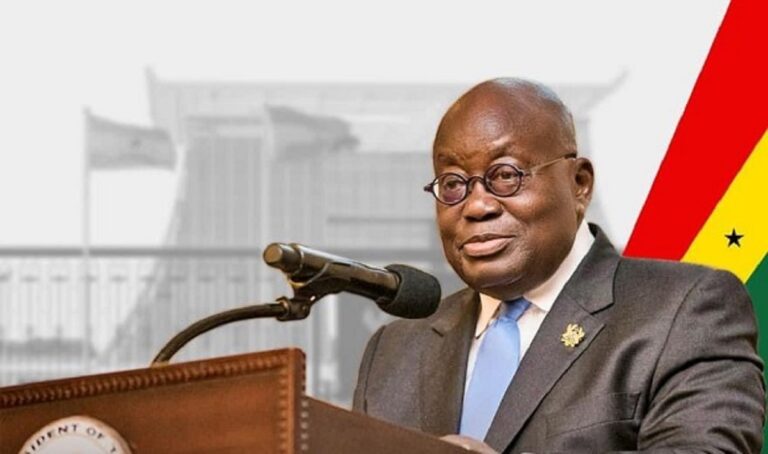
Ghana’s 55% Debt to GDP Target Not Feasible -S&P
Ghana’s 55% debt as a proportion of gross domestic product (GDP) target for 2028 does not appear feasible, S&P Global Ratings said in an African Domestic Debt report.
The global rating agency said the five year target would shoot blank without a confluence of favourable developments including real effective exchange rate appreciation, 50+% write-downs on external debt, and a strong economic recovery.
It said Ghana’s fiscal imbalances, high cost of domestic debt, and modest domestic financing capacity pre-dated the pandemic.
S&P Global explained further that this had left the sovereign in a vulnerable position by early 2022, when the energy and food price shocks stemming from Russia’s invasion of Ukraine further inflamed inflationary pressures, and U.S.
Recall that Federal Reserve rate hikes locked Ghana out of international markets. It said the subsequent rise in global interest rates, non-resident outflows from Ghana’s domestic bond market, and the dollar strengthening quickly converted a fiscal shock into a full-fledged external and currency crisis.
According to the report, the initial policy response was to press the Bank of Ghana to refinance maturing debt off its own balance sheet via an overdraft facility and increased holdings of non-marketable debt.
It was noted that this further intensified pressure on the Ghanaian cedi (GHS) by accelerating money growth. As part of the domestic debt restructuring program, in September 2023 the Bank of Ghana (uniquely among creditors) agreed to absorb a 50% haircut on its GHS70.9 billion (9.2% of GDP) in holdings of non-marketable debt.
As of Sept. 30, 2023, the central bank’s net claims on the general government totalled an estimated GHS102 billion or 13.2% of GDP.
S&P said on Dec. 6, 2022, the rating agency lowered its local currency rating on Ghana to selective default after the Ministry of Finance initiated a transaction (domestic debt exchange) analysts classified as a distressed exchange offer on most domestic debt instruments.
The report added that on Feb. 21, 2023, S&P raised the local currency ratings to ‘CCC+/C’ from selective default because we deemed that the distressed exchange on local currency instruments–tantamount to default under its criteria–had been cured – albeit the exchange was reopened in September 2023 on identical terms.
The report stated that Ghana’s high stock of debt and still significant central bank claims on the general government explain Ghana’s elevated domestic debt vulnerability index (DDI) vulnerability score.
The final leg of the domestic debt exchange has yet to be concluded, according to the note.
Moreover, while the Ghanaian authorities are anticipating an agreement on bilateral debt treatment with official creditors by November, a final agreement with commercial creditors is likely to require several more months of negotiations.
S&P global ratings said it expects any agreement with external creditors will meet an estimated 2023-2027 external financing gap of $10 billion via a combination of terming-out debt maturities and some interest relief.
Ghana’s external debt principal payments excluding multilaterals were $9.5 billion over the period. Total interest payments on external debt excluding MLIs are $5.7 billion from 2023-2027.
However, despite recent exchange rate stability and the Bank of Ghana haircut, the 55% 2028 debt-to-GDP target does not appear to us to be feasible without a confluence of favourable developments: real effective exchange rate appreciation, 50+% write-downs on external debt, and a strong economic recovery, S&P Global Ratings said.